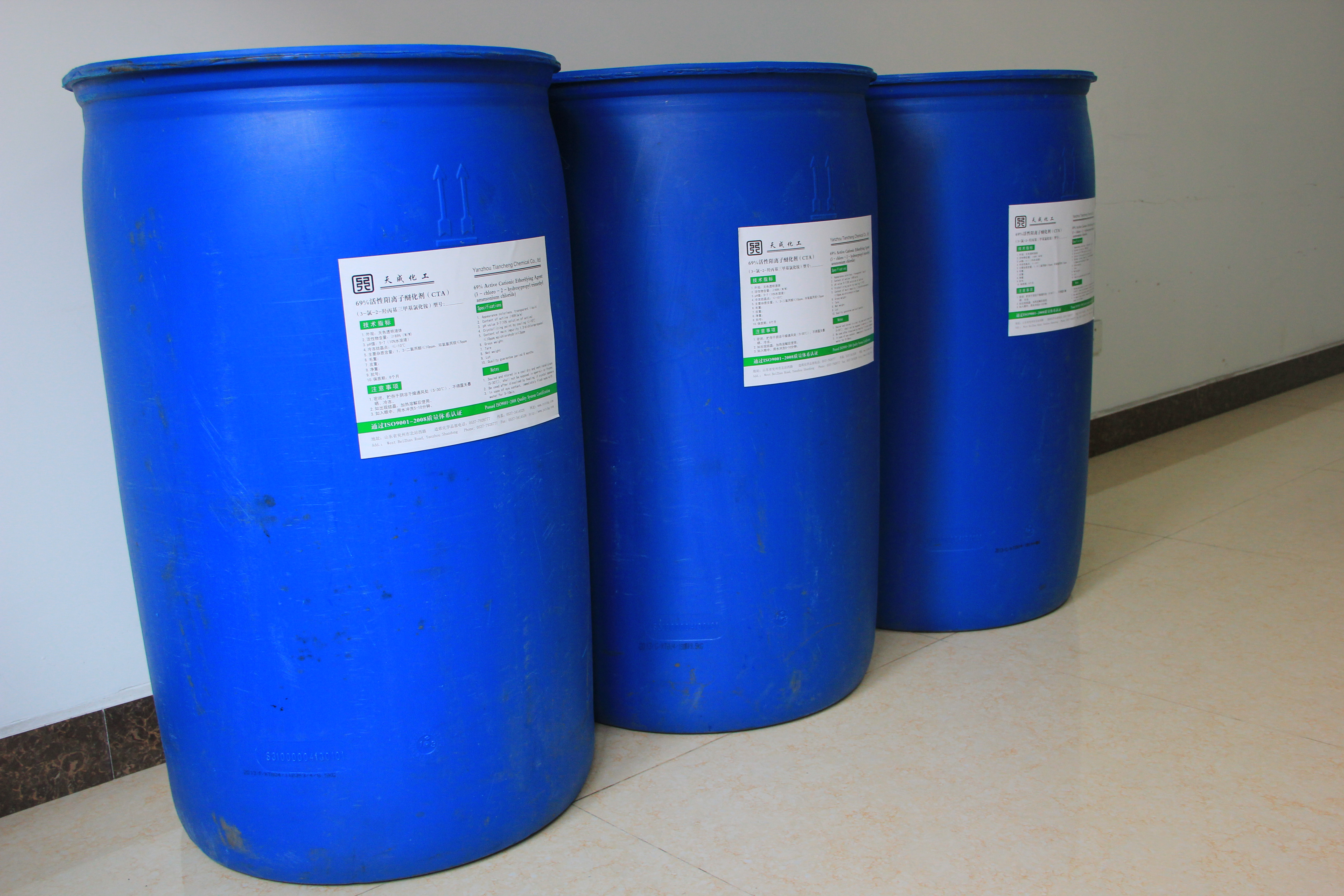March is the spring planting period of fruit trees. Although the temperature is warmer, the rain is more, and the survival rate after planting is high, if the method is not correct, it will also result in a low survival rate after planting. To master the scientific methods and techniques of fruit tree planting. The seedlings are selected to be high-quality seedlings with no pests and diseases, strong growth, developed roots, short internodes, and no water loss. The trunks of the seedlings and the leaves on the branches are solid and shiny. 7 to 15 days before the application of fixed-root fertilizer, the mountain orchard is based on the deep-turning of the planting hole. The flat orchard is under the topsoil of the fruit pier, 0.5 kg of bean bran or peanut bran per plant, or pig. Beef fat 10~15 kg. The fertilizer should be thoroughly mixed with the soil, and should not be in direct contact with the root group to prevent burning of the root group, that is, the fertilizer should be applied 30 to 35 cm away from the fixed point, or under the planting point, 35 to 40 cm from the topsoil, and Crush the clods on the planting point and apply a small amount of fully decomposed manure water for 3 to 5 days before planting to mix well with the soil. After the seedlings are finished, the seedlings should be placed in a cool and sheltered place to keep the roots moist. If the number of seedlings is large, it should be graded by size, graded, and properly trimmed to roots and shoots. Cut rotten roots, dried roots and roots before planting. The rotten roots are cut to the white, even if the roots are cut a little. Too weak or improperly positioned branches should also be cut off. When the weather is too dry during long-distance transportation or planting, a part of the leaves should be cut off to reduce water evaporation. When planting and planting, the roots should be straight and straightened, distributed evenly and slightly obliquely downward in all directions in the planting hole. If the roots are broken down from the straight roots, the roots should be smoothed from bottom to top. Fill in the fine soil layer by layer and compact it by hand, but do not use too much force to prevent the root system from being crushed. When the soil is half filled, the seedlings are gently lifted to the soil, the roots are straightened, the plants are fixed, and the soil is filled with the feet. The covering soil cannot be higher than the grafting interface. Pillar support should also be provided to prevent the roots from being shaken. Immediately after watering the seedlings to plant the soil, immediately rinse the roots and cover the grass to moisturize. Within 5 days after planting, water is sprayed once a day, and once every 5 days, water is sprayed once every other day. After 20~30 days, the topsoil can be gently opened. If there is new root germination, one thin mature manure can be applied. After scientifically planting the dried seedlings, according to the height of the seedlings, shortly cut at 50~60 cm full buds, then apply bio-oil or paint on the wound to prevent draining. In order to prevent the fruit tree pier from sinking, according to the depth of the planting hole or ditch, the amount of grass should be buried to determine how high the fruit pier should be, so that the grafting interface of the seedlings after the subsidence is just exposed to the ground, thus benefiting the fruit trees. Growth and development. Disclaimer: Some articles on this website are transferred from the Internet. If legal rights of third parties are involved, please inform this website. phone Active Ingredient: Quaternary ammonium salt cationic surfactant
CAS No.: 26062-79-3
1.Formaldehyde-free Fixing Agent
2.Has no free formaldehyde,no peculiar smell,no irritation to skin, accord to eco request
[Description]:
Formaldehyde-free Fixative Color Fixing Agent is belongs to polymerization polyDADMAC, a cationic polymer. It can make up of macromolecular compound with dye, then achieve to improve soaping and rub fastness of fabrics. It can be used for color fixing for dyeing and printing of reactive dyed fabrics as cotton, linen, silk, and direct dyed fabrics.
[Specification]:
Appearance: Brownish yellow viscous liquid
Ionic character: Cationic
PH Value: 5-8 (1% aqueous solution)
Dissolution: Dissolve in cold water easily.
Composition: Special polymer compound
[Dilution Method]:
With 4-6 times the water and stir to dissolve dilution.
[Direction for Usage]:(To dilute finished product as an example)
A. Padding Process: 5-20g/L, temperature 40°C-60°C, PH Value:5-8, One-dip-one-nip or Double-dip-double-nip.
B. Dipping process: 1-4% (O.W.F), Room temperature 40°C-60°C, PH Value:5-8, bath ratio:1:8-12,Time: 20-30 min.
[Properties]:
1. Concentrated Formaldehyde-free Fixative Fixing Agent has good color fixing property, can obviously improve the dyeing or printing of fabric soaping, washing fastness and wet rubbing fastness.
2. Can be used for much of the association between dye fixation, anti fading property, does not affect the dyeing or printing of fabric vividness. No effect for the original feel, processing fabric has excellent hydrophilic.
3. Formaldehyde-free Fixative widely used for dyeing or printing of the direct, active dye fixing finishing, good fixation effect, especially for the red dye and Cuilan dyes, particularly prominent, fixation is better than the general Formaldehyde-free Fixative.
4. The dye PH value for a wide range, acid, alkali resistance, resistance to hard water, high temperature resistance, an environment-friendly products, does not contain formaldehyde.
Specifications:
3 - 7
Cationic
Package and Storage:
Textile Chemicals,Decolorizing Agent,Textile Fixing Agent,Dye-Fixing Agent For Textile Shandong Tiancheng Chemical Co., Ltd. , https://www.tianchengchemical.com
Chemical Name: Formaldehyde-free Fixing Agent
Chemical Family: PolyDADMAC
Appearance:
Colorless, Transparent Colloid
Viscosity:
100cps-80000cps
Solid Content:
40%min.
PH (30% solution):
Ionic Nature:
Specific Gravity:
About 1.1

March fruit planting skills
Packaging & Shipping